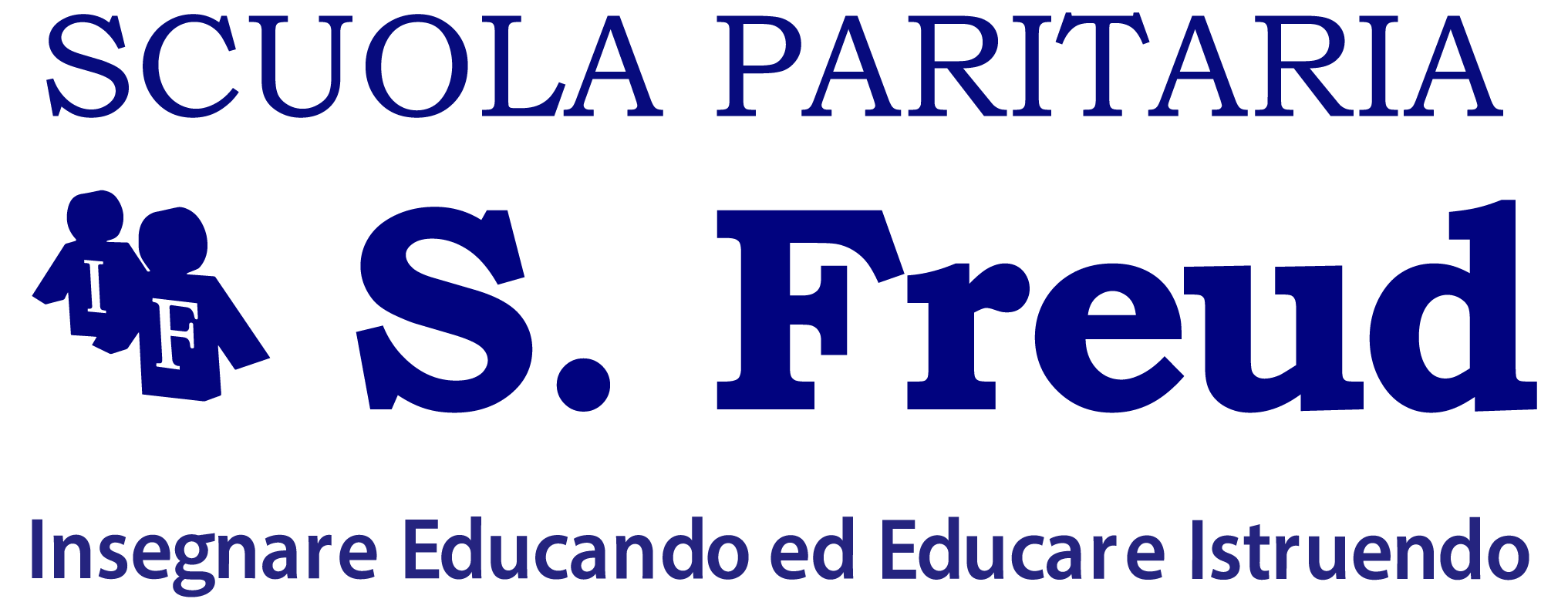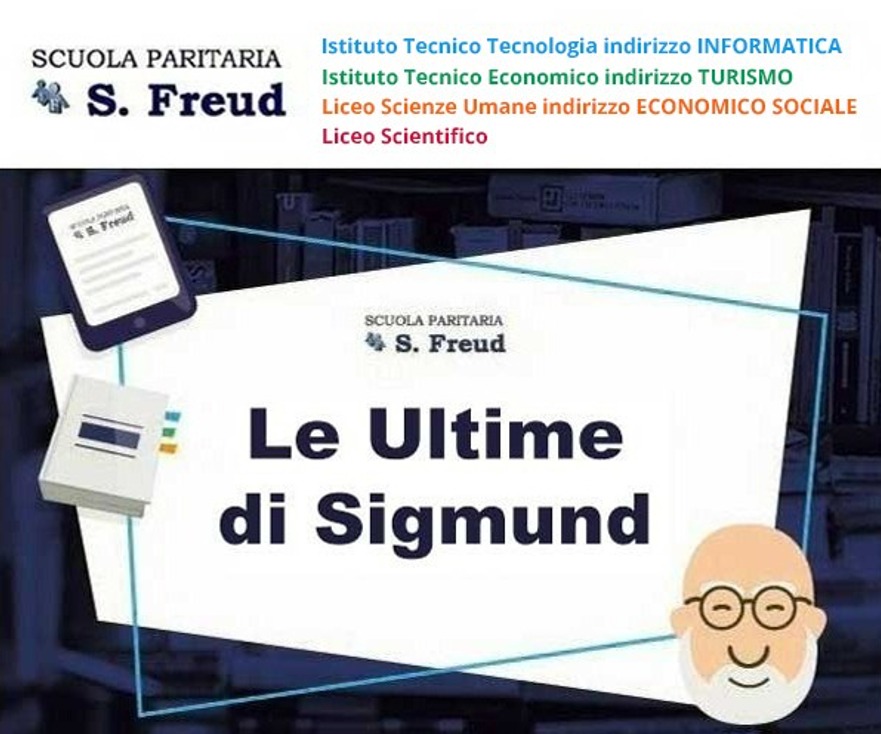18 aprile 2023
Antoni Gaudi was a Catalan architect and designer. He was born in 1852 and he was one of the most important Spanish artist and one of the most popular architects of the Catalan Modernism – an artistic and literary movement associated with the Catalan culture. i also includes many other arts such as cabinetmaking, carpentry, forged iron, ceramic tiles, ceramics, glass-making, silver and goldsmith work, etc.) The Catalan Modernism aimed at promoting the Catalan language and culture and, above all, the assertion of regional independence from the Castilian government.
Anton Gsudì attended a nursery school and then he worked as an apprentice in the Vapour Nou. He completed the military service in Barcelona and then he proceeded studying Architecture at the Barcelona Higher School of Architecture.
The first notable works are the lampposts he designed for the Plaça Reial in Barcelona. His architectural style went through phases but it had always a range of forms, textures and polichromy.
Gaudi experimented with the dynamic styles and his buildings became increasingly more representative of their materials, a reminder of his Catalan origins: for instance, he enfasizes the Gothic style in the Episcopal Palace and the Baroque in the Casa Calvet and the Güel Park. The Park, constructed on the side of Mount Carmelo, is still unfinished and it is a cityscape planning project with landscape characteristics – it is a modern city garden with a large plaza, several balconies with a colonnade and strange lizards, all covered in little pieces of colored ceramic.
Also, Gaudì created Casa Batlò and La Pedrera, which the painter Salvador Dalì commented in the magazine Minotaure, underlining “the nutritive, edible character of this kind of house, which nothing more than the first edible houses, the first and only erotic buildings, whose existence implies this ‘urgent’ and very necessary function for the romantic imagination: to truly be able to eat the object of one’s desire”.
It is still the religious symbol of Barcelona and working on it he became more and more pious.
The most iconic creature of Gaudì is certainly the Temple Expiatori de la Sagrada Familia, a massive church that the artist began in 1881 and it is still unfinished. It is still the religious symbol of Barcelona and working on it he became more and more pious. The basilica represents the peak of Gaudì’s creativity, a complex and articulated project that shows the architect’s creative thinking. It is formed by several volumes and Gaudì dedicated his life to the constant evolution of its drawings. Unfortunately, the project and its designs are still ongoing. Gaudì was hit by a tram in 1926 and he was buried in the crypt of his precious basilica.
3^B TURISMO


